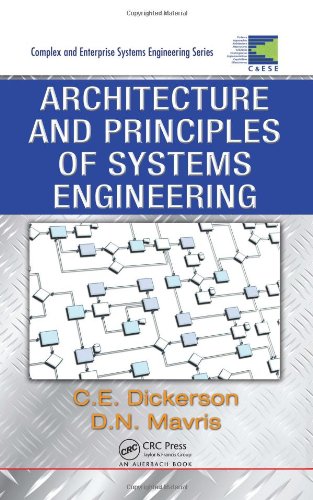

Most ebook files are in PDF format, so you can easily read them using various software such as Foxit Reader or directly on the Google Chrome browser.
Some ebook files are released by publishers in other formats such as .awz, .mobi, .epub, .fb2, etc. You may need to install specific software to read these formats on mobile/PC, such as Calibre.
Please read the tutorial at this link: https://ebookbell.com/faq
We offer FREE conversion to the popular formats you request; however, this may take some time. Therefore, right after payment, please email us, and we will try to provide the service as quickly as possible.
For some exceptional file formats or broken links (if any), please refrain from opening any disputes. Instead, email us first, and we will try to assist within a maximum of 6 hours.
EbookBell Team

0.0
0 reviewsThe rapid evolution of technical capabilities in the systems engineering (SE) community requires constant clarification of how to answer the following questions:
What is Systems Architecture?
How does it relate to Systems Engineering?
What is the role of a Systems Architect?
How should Systems Architecture be practiced?
A perpetual reassessment of concepts and practices is taking place across various systems disciplines at every level in the SE community.
Architecture and Principles of Systems Engineering addresses these integral issues and prepares you for changes that will be occurring for years to come. With their simplified discussion of SE, the authors avoid an overly broad analysis of concepts and terminology. Applying their substantial experience in the academic, government, and commercial R&D sectors, this book is organized into detailed sections on:
Describing ways to improve methods of reasoning and thinking about architecture and systems, the text integrates concepts, standards, and terminologies that embody emerging model-based approaches but remain rooted in the long-standing practices of engineering, science, and mathematics. With an emphasis on maintaining conceptual integrity in system design, this text describes succinct practical approaches that can be applied to the vast array of issues that readers must resolve on a regular basis.
An exploration of the important questions above, this book presents the authors’ invaluable experience and insights regarding the path to the future, based on what they have seen work through the power of model-based approaches to architecture and systems engineering.